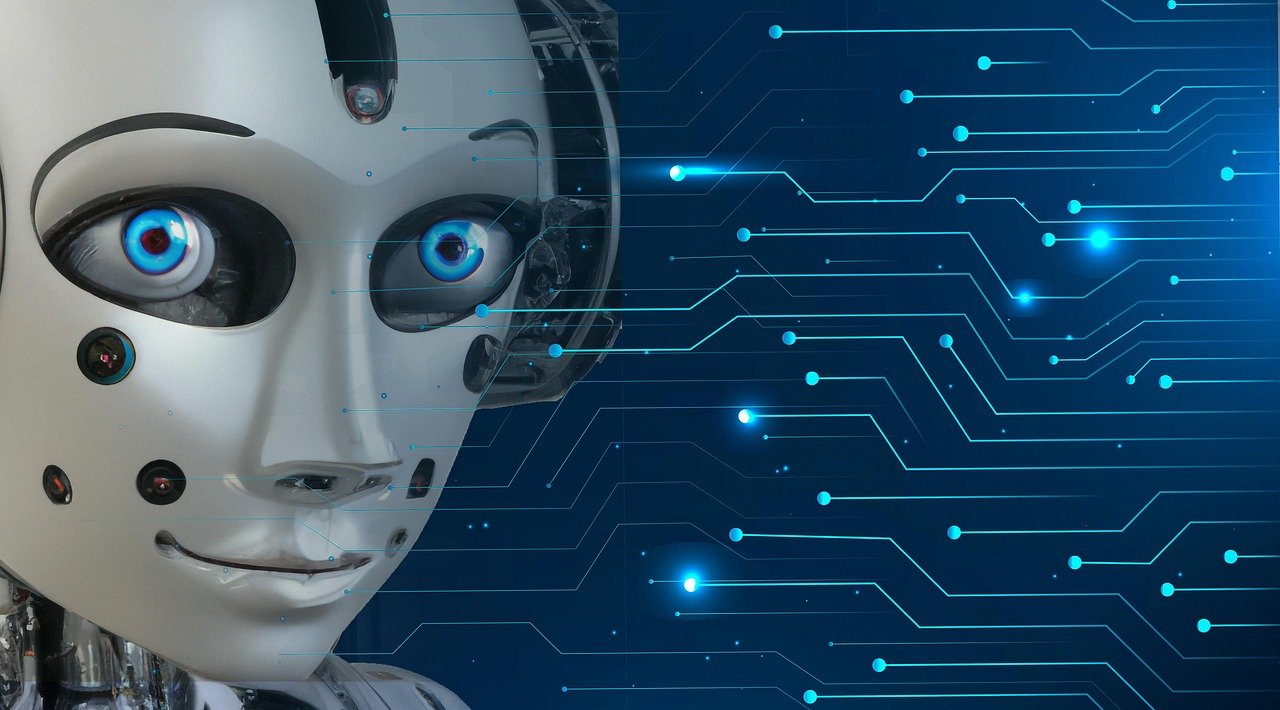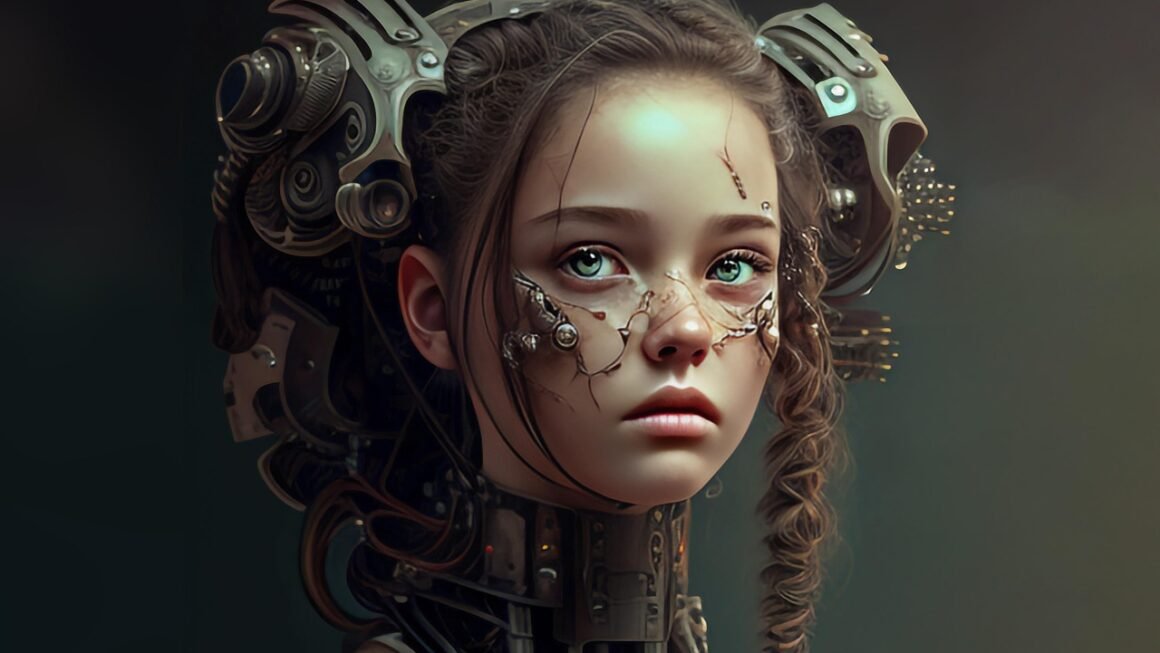Unsupervised learning, a powerful branch of machine learning, empowers us to uncover hidden patterns and structures within data without the need for pre-labeled training sets. It’s like giving a computer a mountain of information and asking it to make sense of it all on its own. This approach is invaluable when labeled data is scarce, expensive, or simply unavailable, opening doors to exciting discoveries and innovative applications. Let’s delve into the fascinating world of unsupervised learning and explore its techniques, applications, and potential.
What is Unsupervised Learning?
The Core Concept
Unsupervised learning is a type of machine learning algorithm used to draw inferences from datasets consisting of input data without labeled responses. The goal is to discover hidden patterns, clusters, and structures within the data. Unlike supervised learning, which learns from labeled data, unsupervised learning algorithms explore the data and identify inherent groupings or relationships without prior knowledge.
Key Differences from Supervised Learning
- Labeled vs. Unlabeled Data: Supervised learning uses labeled datasets, where each data point has a corresponding label or output. Unsupervised learning, on the other hand, uses unlabeled datasets.
- Goal: Supervised learning aims to predict or classify new data points based on the learned relationship between input features and labels. Unsupervised learning seeks to discover underlying structures, patterns, or relationships within the data itself.
- Applications: Supervised learning is used for tasks like classification (e.g., spam detection) and regression (e.g., predicting house prices). Unsupervised learning is employed for tasks like clustering (e.g., customer segmentation), dimensionality reduction (e.g., feature extraction), and anomaly detection (e.g., fraud detection).
Why Use Unsupervised Learning?
- Data Exploration: Unsupervised learning is ideal for exploring large datasets to understand the underlying structure and identify potential insights.
- Feature Extraction: It can be used to automatically extract meaningful features from raw data, reducing the dimensionality of the data and improving the performance of other machine learning algorithms.
- Anomaly Detection: Unsupervised learning algorithms can identify unusual or outlier data points that deviate significantly from the norm.
- No Labeled Data Required: It’s invaluable when labeled data is scarce or expensive to obtain.
Common Unsupervised Learning Techniques
Clustering
Clustering algorithms group similar data points together based on their characteristics. The goal is to partition the data into clusters such that data points within each cluster are more similar to each other than to those in other clusters.
- K-Means Clustering: A popular algorithm that partitions the data into k clusters, where each data point belongs to the cluster with the nearest mean (centroid).
Example: Customer segmentation based on purchasing behavior. A retail company might use K-Means to group customers into segments based on their spending habits, demographics, and product preferences. These segments can then be targeted with tailored marketing campaigns.
- Hierarchical Clustering: Creates a hierarchy of clusters, allowing you to visualize the relationships between different clusters.
Example: Biological taxonomy. Hierarchical clustering can be used to group organisms into a hierarchy based on their genetic or morphological similarities.
- DBSCAN (Density-Based Spatial Clustering of Applications with Noise): Identifies clusters based on data point density. It’s particularly useful for finding clusters of arbitrary shape and identifying outliers.
Example: Anomaly detection in network traffic. DBSCAN can identify unusual patterns of network traffic that may indicate a security threat.
Dimensionality Reduction
Dimensionality reduction techniques reduce the number of variables (features) in a dataset while preserving its essential information. This can simplify the data, improve the performance of machine learning algorithms, and make it easier to visualize the data.
- Principal Component Analysis (PCA): A linear technique that transforms the data into a new coordinate system where the principal components (PCs) capture the most variance in the data. The first PC captures the most variance, the second PC captures the second most variance, and so on.
Example: Image compression. PCA can be used to reduce the size of images by removing redundant information.
- t-distributed Stochastic Neighbor Embedding (t-SNE): A non-linear technique that maps high-dimensional data to a lower-dimensional space while preserving the local structure of the data. It’s particularly useful for visualizing high-dimensional data.
Example: Visualizing gene expression data. t-SNE can be used to visualize gene expression data from different samples, allowing researchers to identify clusters of genes that are co-expressed.
- Autoencoders: Neural networks trained to reconstruct their input, forcing the network to learn a compressed, lower-dimensional representation of the data in the bottleneck layer.
Example: Anomaly detection. Autoencoders can be trained on normal data and then used to detect anomalies. Data points that cannot be accurately reconstructed by the autoencoder are considered anomalies.
Applications of Unsupervised Learning
Customer Segmentation
As mentioned earlier, unsupervised learning can be used to segment customers based on their behavior, demographics, and preferences. This allows businesses to tailor their marketing campaigns, personalize their products and services, and improve customer satisfaction.
Anomaly Detection
Unsupervised learning is a powerful tool for identifying anomalies or outliers in datasets. This is useful in a variety of applications, such as fraud detection, network security, and equipment monitoring.
- Fraud Detection: Identify fraudulent transactions in financial data by detecting unusual patterns of spending.
- Network Security: Detect malicious activity in network traffic by identifying unusual patterns of communication.
- Equipment Monitoring: Detect equipment failures by identifying unusual sensor readings.
Recommender Systems
Unsupervised learning can be used to build recommender systems that suggest items to users based on their past behavior and preferences. This is commonly used in e-commerce and entertainment platforms.
- Example: A movie recommendation system that suggests movies to users based on their viewing history and ratings. Clustering users with similar viewing patterns, then recommending movies watched by others in the same cluster.
Medical Diagnosis
Unsupervised learning can assist in identifying patterns in medical data that could aid in the diagnosis of diseases.
- Example: Identifying subtypes of cancer based on gene expression profiles.
Challenges and Considerations
Data Quality
The quality of the data is crucial for the success of unsupervised learning. Noisy or incomplete data can lead to inaccurate results. Data cleaning and preprocessing are essential steps.
Choosing the Right Algorithm
Selecting the appropriate unsupervised learning algorithm depends on the specific problem and the characteristics of the data. Experimentation and evaluation are often necessary to determine the best approach.
Interpreting Results
Interpreting the results of unsupervised learning can be challenging. It’s important to have domain expertise to understand the meaning of the discovered patterns and clusters.
Scalability
Some unsupervised learning algorithms can be computationally expensive to run on large datasets. Scalable algorithms and distributed computing techniques may be required.
Conclusion
Unsupervised learning is a versatile and powerful tool for uncovering hidden patterns and structures in data. Its ability to analyze unlabeled datasets opens up a wide range of applications across various industries. By understanding the core concepts, common techniques, challenges, and considerations of unsupervised learning, you can leverage its potential to gain valuable insights and solve complex problems. As data continues to grow exponentially, unsupervised learning will play an increasingly important role in extracting knowledge and driving innovation.



